Today I visit the ruins of Sannai Maruyama in Aomori. Discovered in 1992, the Sannai Maruyama Archaeological Site is the largest and one of the most complete and best-preserved Jōmon Period (13000-300 BC) village in Japan.
Morioka to Aomori
I and my wife, Mani were on a short tour of Tohoku region. We were thoroughly refreshed from our previous day at Jōdogahama beach in Iwate. The day was bright and sunny as we checked out of our hotel and walked down to Morioka Station to catch the train to Aomori. As we entered the JR Station, we were quite pleased to see it was still decorated, in lieu of the just-passed Tanabata celebrations.
Tanabata originated from a romantic legend about two lovers that are only able to meet each other once a year. This festival is held across Japan on July 7 or August 7 depending on the region. It’s said that your wishes will come true if you write them down on strips of paper called the tanzaku and hang them on bamboo branches. We left a tanzaku wish note praying for a happy future at one of the booths.
The Shinkansen takes only an hour for the journey from Morioka to Aomori, however, Mani didn’t posses a JR Pass and in order to save some money, we used the limited express train. It was a long 3-hour journey but felt rather shortened by the animated chats about the places we were yet to explore around these parts.
We reached Shin Aomori at 11 am. The Nebuta festival had just got over in Aomori, the previous day and the station was still adorned with many Nebuta floats all over the place. The Nebuta festival is one of the most popular festivals in Aomori and if you miss it you can always drop down to the Nebuta Museum to witness the amazing floats from the last held festival.
It was almost mid-day and the sun was burning bright, and although Aomori was cooler than Iwate, the strong Sun made it a tad uncomfortable. We left our luggage at one of the station lockers and waited for the bus for Sannai Maruyama site.
The sightseeing bus called Shuttle de Route Bus Nebutan-go arrived in a few minutes. The bus route keeps running in a loop all day, and to reach the Sannai-Maruyama site one has to get down at the Sannai-Maruyama-Iseki-mae bus stop. The ride cost us 310 Yen each.
Jōmon Jiyukan
As we entered the giant hall in Jōmon Jiyukan, the volunteers at the reception helped us out with the information about the heritage site. They provided us with a guided map of the area. Beside the reception, one can also find replicas of dresses from the Jamon period. Visitors are free to try on these Jōmon period clothing. I tried out a fisherman’s dress and I presume, I would have fit right in, into this traditional society 🙂
Once we had gathered all the information, we decided to first take our lunch and then proceed to investigate the huge site. The Gosennen-no Hoshi restaurant inside the campus serves delicious meals using prominent Jōmon ingredients. One can find a variety of set menus made of fish, vegetables and nuts that people during the Jōmon period used to consume.
I am generally a bit circumspect to try new food, but I decided to give it a try anyway. I ordered the “Shiokatsukune Udon.” The dish basically comprised of soft “Chicken meatballs” with bonitos (fish) and kelp soup. I did end up enjoying it and as I write this journal I can feel myself salivating just thinking about it. After the fulfilling meal at the Gosennen-no Hoshi restaurant, we slowly walked down to the Sanmaru Museum.
Sanmaru Museum
The Sanmaru museum exhibits objects excavated from the excavation site and lists many facts about the people who lived during the Jōmon Period. The Jōmon period encompasses a large expanse of time, constituting Japan’s Neolithic period and the museum exhibits approximately 1,700 artifacts excavated from the Sannai-Maruyama site.
A dimly lit path led us towards a life-sized figure of a young boy with his Inu (dog), pointing us towards the glass encased cases of historical findings from the Jōmon period.
Jōmon no Kokoro
The first section of the Sanmaru Museum is called the Jōmon no Kokoro (heart of the Jōmon Period). This area displays various excavated items including a large number of pottery, stone artifacts, personal ornaments, clay figures, earthenware, wooden utensils, bone tools and small knitted baskets called “Jōmon pochette” from the Jōmon period.
Shown below is one of the stone tools from the site. This grinding stone was particularly used as a food processing tool. Nuts, such as chestnuts, walnuts, and Japanese horse chestnuts were an important source of food for the people at the time. These were used to crush these hard nuts.
Below you can see some stone spearheads used by the hunters during that period. These hunting tools are characterized by a carefully formed leaf shape and evenly beveled edges that required great skill and patience to create. These tools were created by a process called knapping, where one stone is used to strike another to create a desired shape. If you are a student of history, you will notice that these stone tools, which were somewhat roughly created in the Paleolithic era, were by the Jōmon period meticulously chipped and smoothly polished.
We moved forward to a large board-shaped clay figurine on display. The Sannai Maruyama village site turned up a huge number of human shaped figurines. From middle to late Jōmon periods, the Jōmon people made large numbers of human figures from clay. However these Jōmon figurines do not look like real people. They have distorted forms with large faces, small arms and hands. Some of the figurines look like humans wearing goggles. This is not new for many cultures who have depicted humans in exaggerated shapes like the Egyptians, but it does make one think if the Jōmon actually had some kind of extra-terrestrial contact.
The pottery vessels crafted in ancient Japan during the Jōmon period are generally accepted to be the oldest pottery in Japan and also among the oldest in the world. The word Jômon literally means “straw-rope pattern,” and it typically describes the style of pottery of the earliest Japanese period. The Jōmon period was named after this style of pottery.
All Jōmon pots were made by hand, without the aid of a wheel. As in all other Neolithic cultures, generally women created these early potteries. Clay was mixed with a variety of adhesive materials, including mica, lead, fibers, and crushed shells. After the vessel was formed, tools were employed to smooth both the outer and interior surfaces. When completely dry, these were baked in an outdoor bonfire.
Pottery found at this site is called Ento (cylindrical) style pottery. A typical Ento style pottery is characterized by an elongated bucket shape with a wide opening and is decorated with cord marks.
Below you can see different sized needles created from bones. In those times, animal bones were used to create harpoon heads, fish hooks, needles and even hairpins. Their varying length, thickness and the eye indicate that the Jōmon people developed them for specialized purposes. Most of the bone needles shown here are made of mammal ribs.
The image below is a cross-section of a mound. Many ritual associated implements were found from these mounds, suggesting the significance of these mounds as a ground for ceremonial activities
Most artifacts used in daily life such as pottery were made at the site using locally available materials. Ornaments include pendants and earrings made of clay, stone, and animal bones. However certain items came from far away. Jade was favored by the Jōmon people and especially valued in north Honshu where Sannai Maruyama is located. In addition to complete artifacts such as large beads, raw stones have also been discovered here.
If you want a guided explanation while looking at the exhibits, a volunteer from the Sannai-Maruyama volunteers will gladly guide you round the exhibits.
The Jōmon people of Sannai Maruyama
As we moved further, we were in the Jōmon-jin no Kurashi wo Himotoku (Lifestyle of the Jōmon Period people) section. Here life-sized figurines are used to reproduce the Jōmon daily life, based on excavated objects. The people in the early Jōmon period frequently traveled from one place to the next while engaged in camping and nomadic life. The Jōmon people primarily belonged to a hunter-gatherer culture.
Over time the sedentary settlements appeared and certain communities engaged in cultivating plants. They gradually moved to a semi-sedentary lifestyle and descended from a mixture of the ancient hunter-gatherer Jōmon and the Yayoi rice agriculturalists. Their features can also be seen in the Ainu and Ryukyuan people. In fact, the Ainu have often been considered to be descendants resulting from a mix of the cultures of the Jōmon people and the Okhotsk. I have written a detailed report on the history of Ainu people.
Below you can see a typical Jōmon family gathering. The historical Ainu culture originated in a merger of the Okhotsk culture with the Satsumon, one of the ancient archaeological cultures that are considered to have derived from the Jōmon period cultures of the Japanese Archipelago. The origin myths of Japanese civilization extend back to periods now regarded as part of the Jōmon period, though they show little or no relation to what we know archaeologically of Jōmon culture, one of the reasons why the Japanese deny Ainu as the aborigines.
After about an hour of adoring the prehistoric artifacts, we moved on towards the excavation site. The Jiyu tunnel led us into the the largest ruins of a traditional village, dating from 4,000 to 5,500 years ago. Stepping into this region is like taking a step back in time.
A brief history of Jōmon People of Sannai-Maruyama
The Jōmon period experienced a large-scale climate change since it extended for a long period of 10,000 years. The Sannai-Maruyama Ruins are the largest ruins of a Jōmon-period (about 10,500-300 BC) village in Japan, and are estimated to date from 4,000 to 5,500 years ago. The Japanese archipelago is extremely elongated from north to south and its topography varies considerably; therefore, regional differences in the climate and vegetation were large during the Jōmon period as is today. As a result, the cultural style of the Jomon period is not uniform both historically and regionally and it came to take many different forms.
There have been previous excavations around the Sannai-Maruyama site between 1953 to 1967. These excavations involved teams from Keio University and the Board of Education of Aomori City. In 1976 and 1987, the Board of Education of Aomori Prefecture and Aomori City also conducted further excavations on the southern part of the site.
However, the major breakthrough for the site came in 1992 while excavating during a pre-construction phase for a baseball stadium. This excavation uncovered how large Sannai Maruyama was as well as a large amount of artifacts.
After the excavation and study of the site, the village was reburied with earth and a number of reconstructed pit dwellings, long houses and a large tower were built on top. Visitors can enter the reconstructions, some of which are quite large, as well as see a few of the original excavation sites around the grounds.
A large number of pot shards and stone implements, clay figurines, jade beads, etc. were disposed together with the soil and formed a mound for over 1000 years. You can see its cross-section here. X-ray analysis shows that the jade excavated at ‘Sannai-Maruyama Site’ in Aomori Prefecture is from Itoigawa and therefore, it is assumed that the Jōmon people also traded among themselves over the wide area.
These findings demonstrate a change in the structure of the community, architecture, and organizational behaviors of these people. Because of the extensive information and importance, this site was designated as a Special National Historical Site of Japan in 2000.
Sannai Maruyama
Sannai Maruyama was first settled around 3900 BCE. At that time it was inhabited by hunters and gatherers only. Over this period of time, the site changed from a seasonal camp, to the home of a more mobile society, and finally to a settled village. Evidence of this sedentary lifestyle can be found in the the changes in their storage facilities.
Pit Dwellings
The earliest pit dwellings at Sannai Maruyama were during the Early Jōmon period, built between 5900 and 5400 years ago. At that time, Sannai was comparatively small and simple, a collection of pit dwellings. The first settlers on the site lived in pit houses. These dwellings typically were about 10 feet in diameter. The floor was dug below the ground level. A hearth was located in its center. At least 550 pit-dwellings have been discovered so far and 15 have been reconstructed. Some of the pit houses seen at Sannai Maruyama were simple thatched-roof semi-subterranean houses, like this reconstruction. To make this bark-thatched pit dwelling, a pit was excavated into the ground and bark or wood branches were assembled over the top forming a cone-like structure.
Over time the thatched pit dwelling was replaced with a sturdier structure as shown below. Like the thatched huts, the floor of a pit dwelling was dug into the ground. Supporting posts were placed at the corners and the walls and roof were built and roofed with thatch. The average size of these pit dwelling is between three and four meters in diameter.
Store Houses
Initially they used to store food in underground pits, which allowed them to hide it when they left the site since the occupants were not yet living a sedentary lifestyle. With time, the storage features changed from these underground pits to elevated granaries around 2900 BC. These buildings were built higher than the ground level and were specifically used as storage facilities.
Long House
As the community became sedentary, long houses began showing up around this time. Long houses were large, oval-shaped structures. The longest one found at the site was 32 meters (105 feet) long. Scholars believe long houses were used for meeting places, workshops, or living space. Pit houses were still being inhabited for individual dwelling at the same time that long houses started to come up on the landscape.
Till now eleven long houses have been excavated at Sannai Maruyama. They were large, oval-shaped semi-subterranean pit dwellings. The reconstruction shown below is the longest, measuring 32 meters in length. This huge structure displays a coordinated labor force that would have required cooperation of several people to make. This displays the gradual shift from an individual to a social community in this time period.
Watchtower
With a stable living style, also, there appeared one of Sannai Maruyama’s most famous structures, the large six-pillared building, was built around 2,600 BC. This structure consisted of six large pillars that are believed to have held up platforms. Each one of these pillars was around 1 meter in diameter and was placed exactly 14 ft apart. This large post like platform was certainly used as a watchtower.
Burial Pits
Burials at Sannai Maruyama took three forms: jar burials, pit burials, and stone circle burials. Large jars have been discovered near the pit dwelling clusters. These are assumed to be burials, although human bones have not been preserved within them, on the basis of similar burials found in later Jōmon sites such as Yoshinogari. Jar burials have been dated to the Middle Jōmon period, from 5400-4300 years ago. The second form of burial was of adults aligned in rows along the sides of long roadways extending from the center of the settlement towards the outside. Finally as shown below, stone circle arrangements have also been found at Sannai Maruyama, which included adult burials.
The settlement of Sannai Maruyama ended around 2300 BC.
By now we were extremely dehydrated. The harsh sun had taken its toll and we dragged ourselves to the safety of the Jōmon Jiyukan.
The vending machine at that moment was “gold” for us, as we gulped on the chilled sugary drinks.
The Sannai Maruyama site was designated as a special historical site by the Japanese government in November 2000. Today the public can visit this site and explore its many reconstructions. The site also features a Theater, a workshop and a gift shop. If you are in love with history do not miss this site. Even though at present, most of the excavated items have been reburied for preservation, the excavation sites and artifacts on display will giving you a feel of life in those ancient times.
Thanks for reading. Please leave me a comment if you liked the post or follow my story as we go for a stroll along the lovely Aomori Bay to witness a most alluring sunset.
9:00 a.m. – 5:00 p.m.
December 30 – January 1
The center is also closed on the fourth Monday of each month. If that day is a holiday, the center will be closed the next day
410 Yen
Lockers are available for free. You need a 100 yen coin to lock them, but it will be returned when you retrieve your belongings.
Yes. Sanmaru Museum exhibits approximately 1,700 artifacts excavated from this very this site.
Yes, you can find a fine restaurant on the premises named Gosennen-no Hoshi, which offers specialty food prepared with Jōmon period recipes and also a kiosk called Hokusaikan.
Yes, many informative books are available at the museum shop as well as the kiosk.
Disclaimer: The information presented in this article is based on the time I visited the premises. Note that there might be changes in the prices of merchandise and admission fees that might have occurred after this article was published. At times the facility might also be closed for repairs or for variety of other reasons. Kindly contact the facility or facilities mentioned in this article directly before visiting.
Usage of this site indicates acceptance of my Terms and Conditions.
Credits: The historical information presented herein is gathered mostly from local guides that were re-inforced via historical writings.
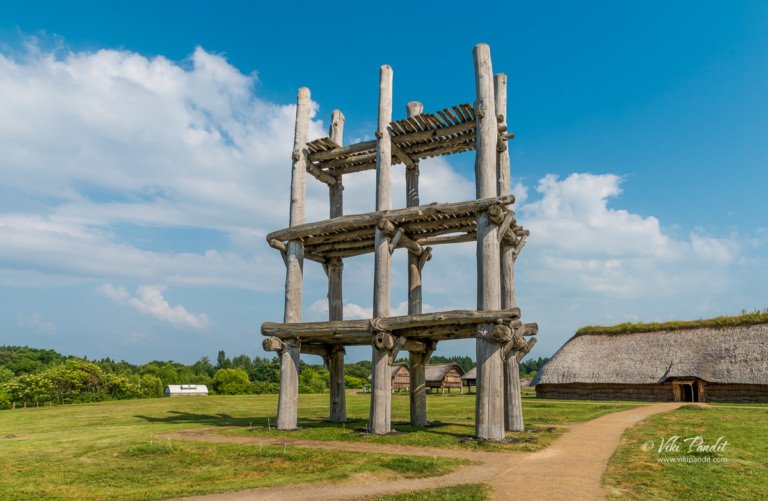




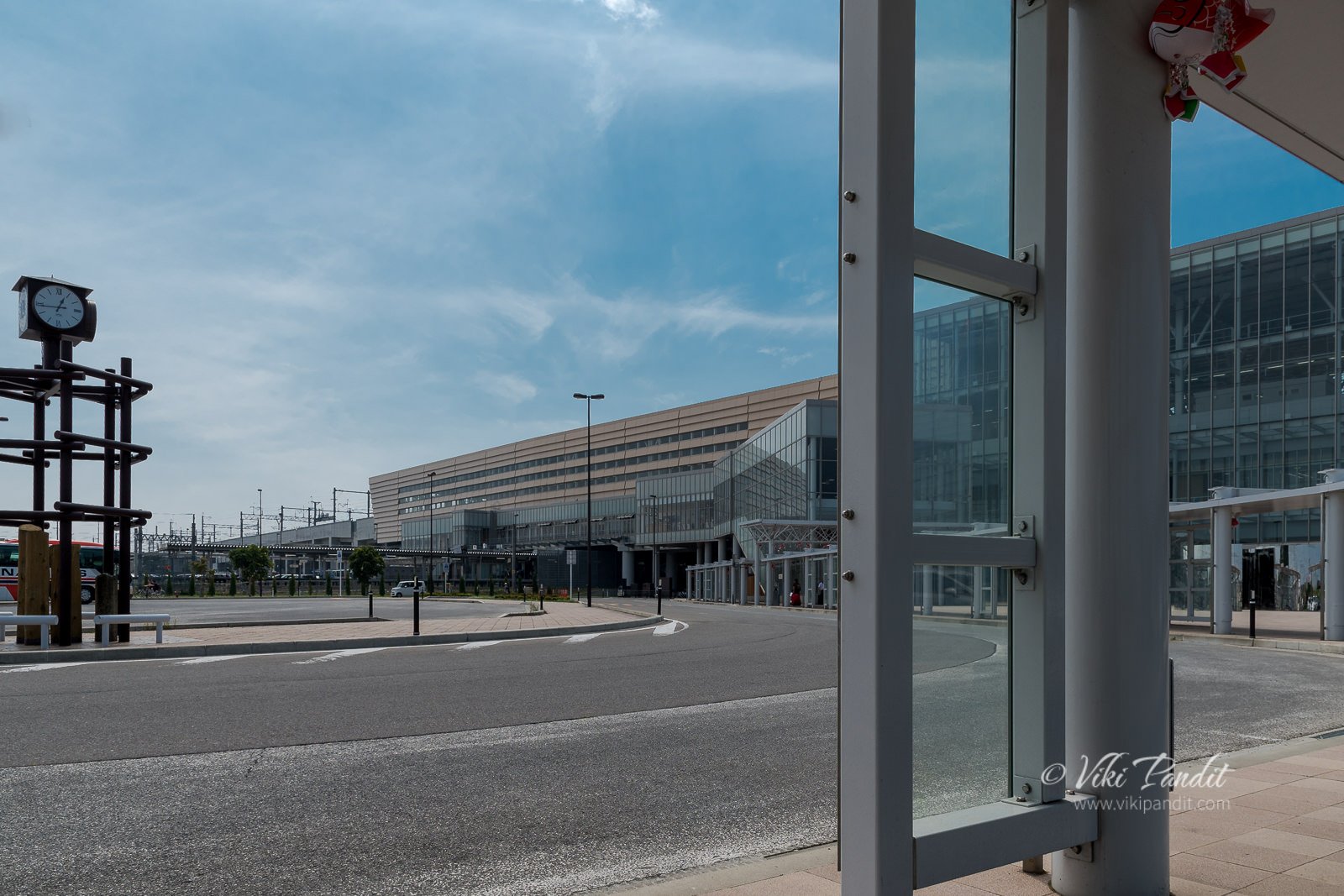


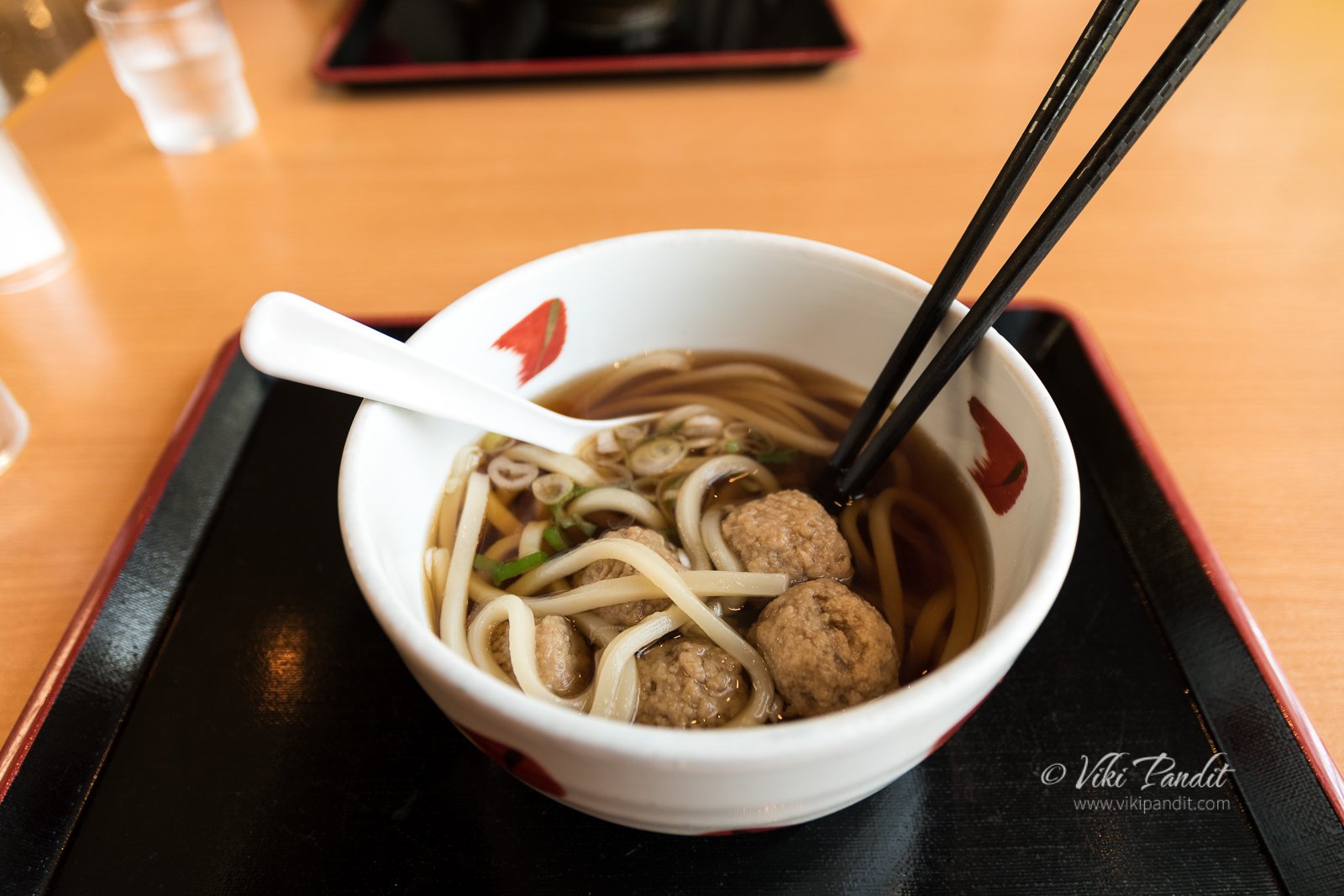

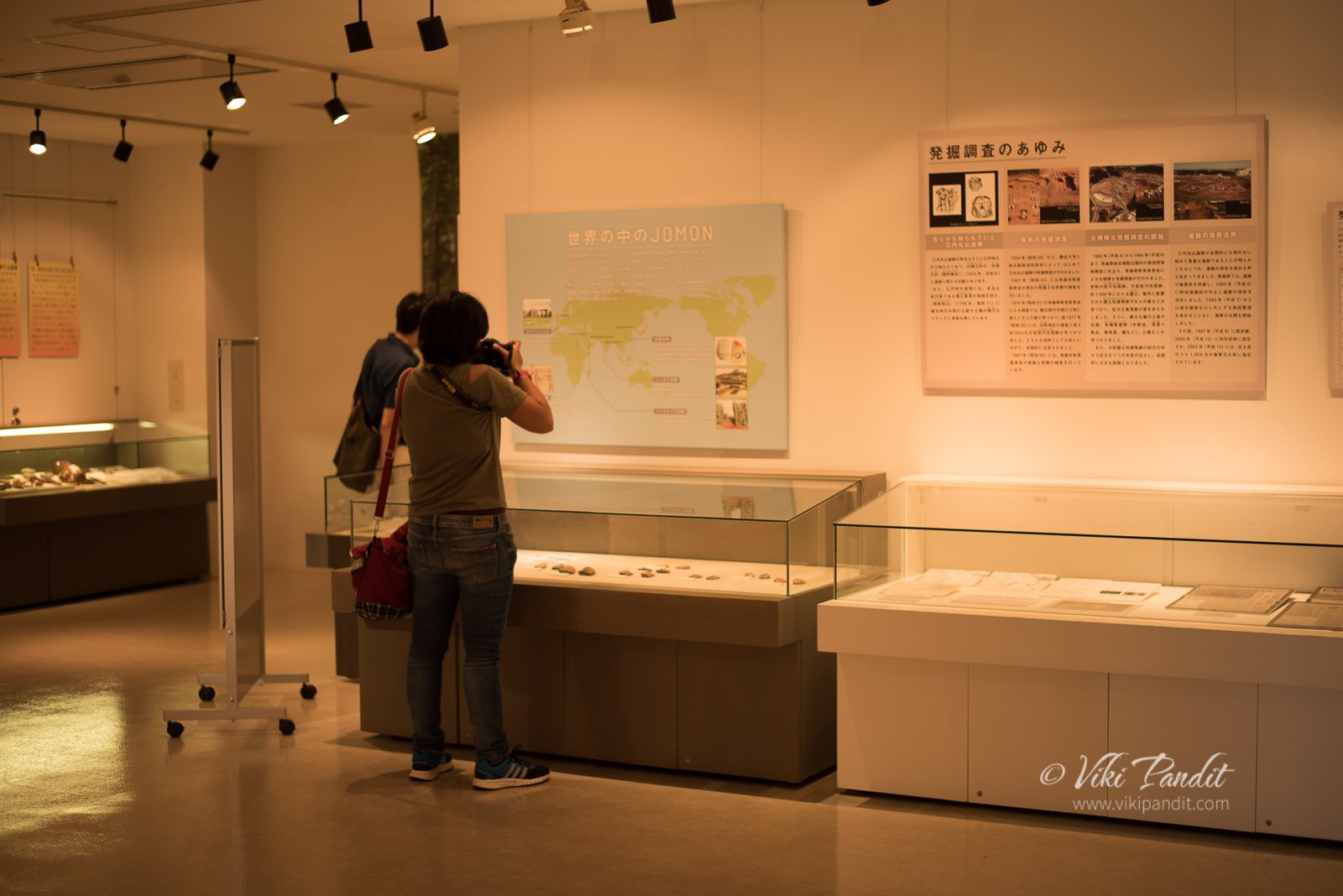
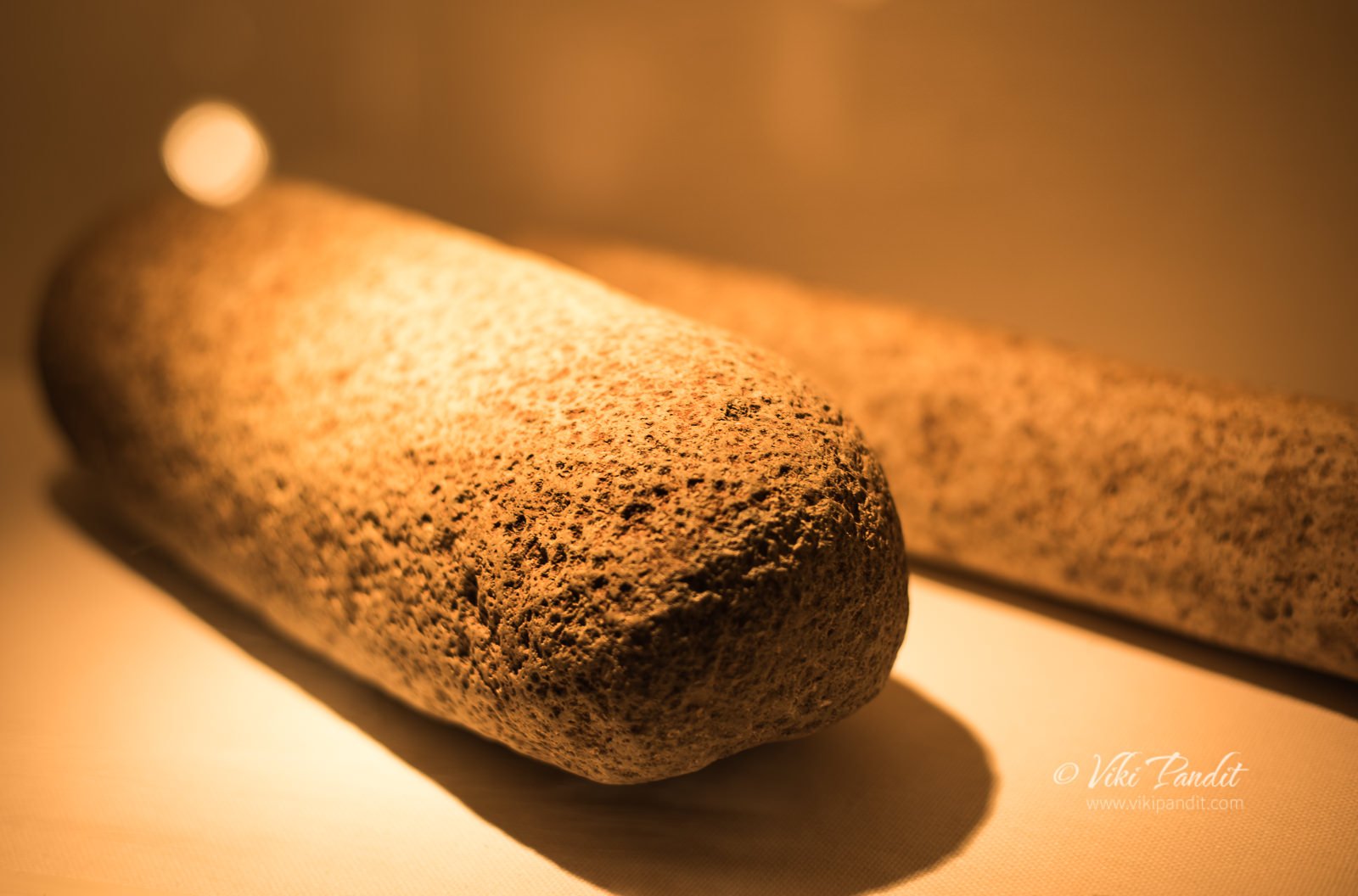
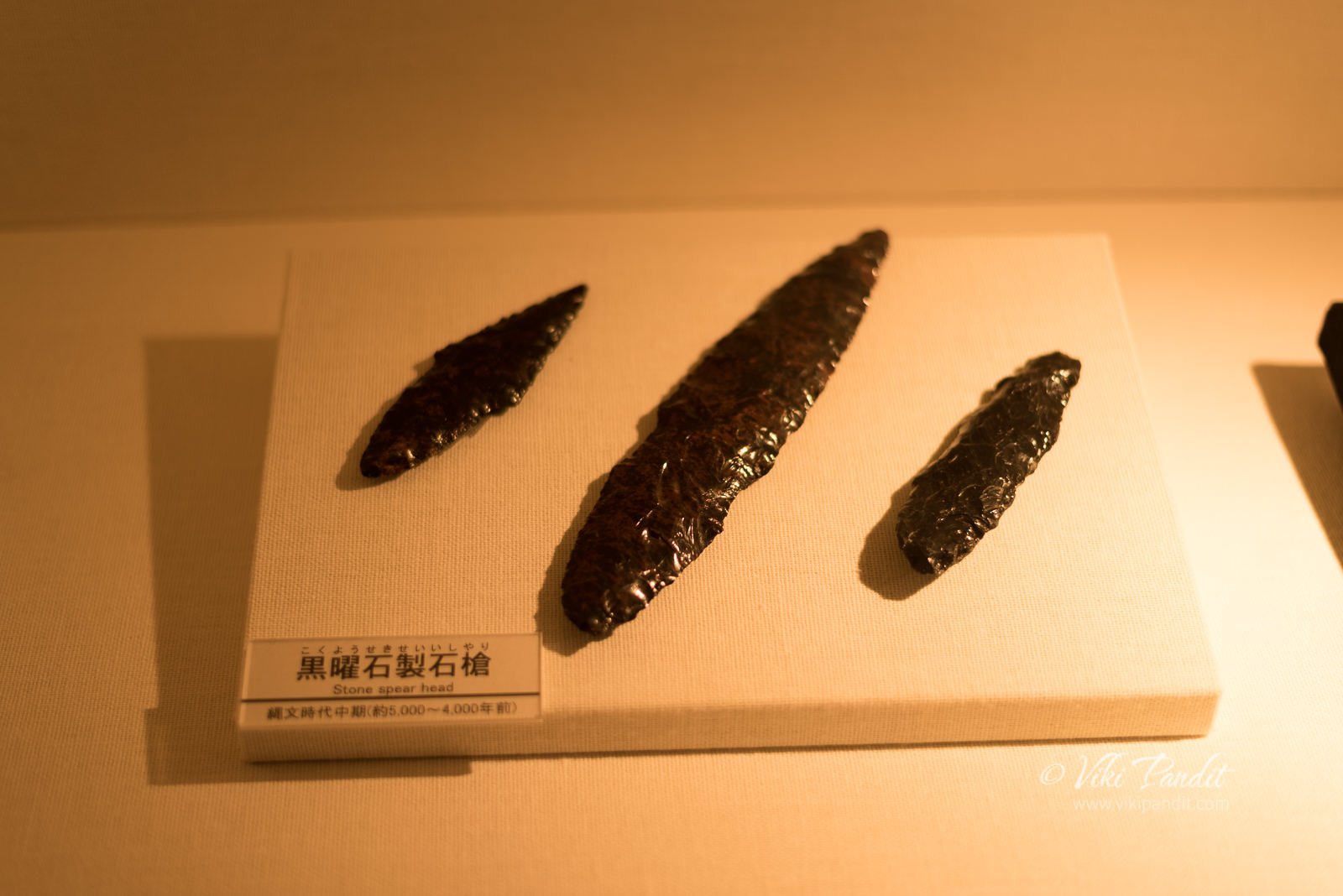
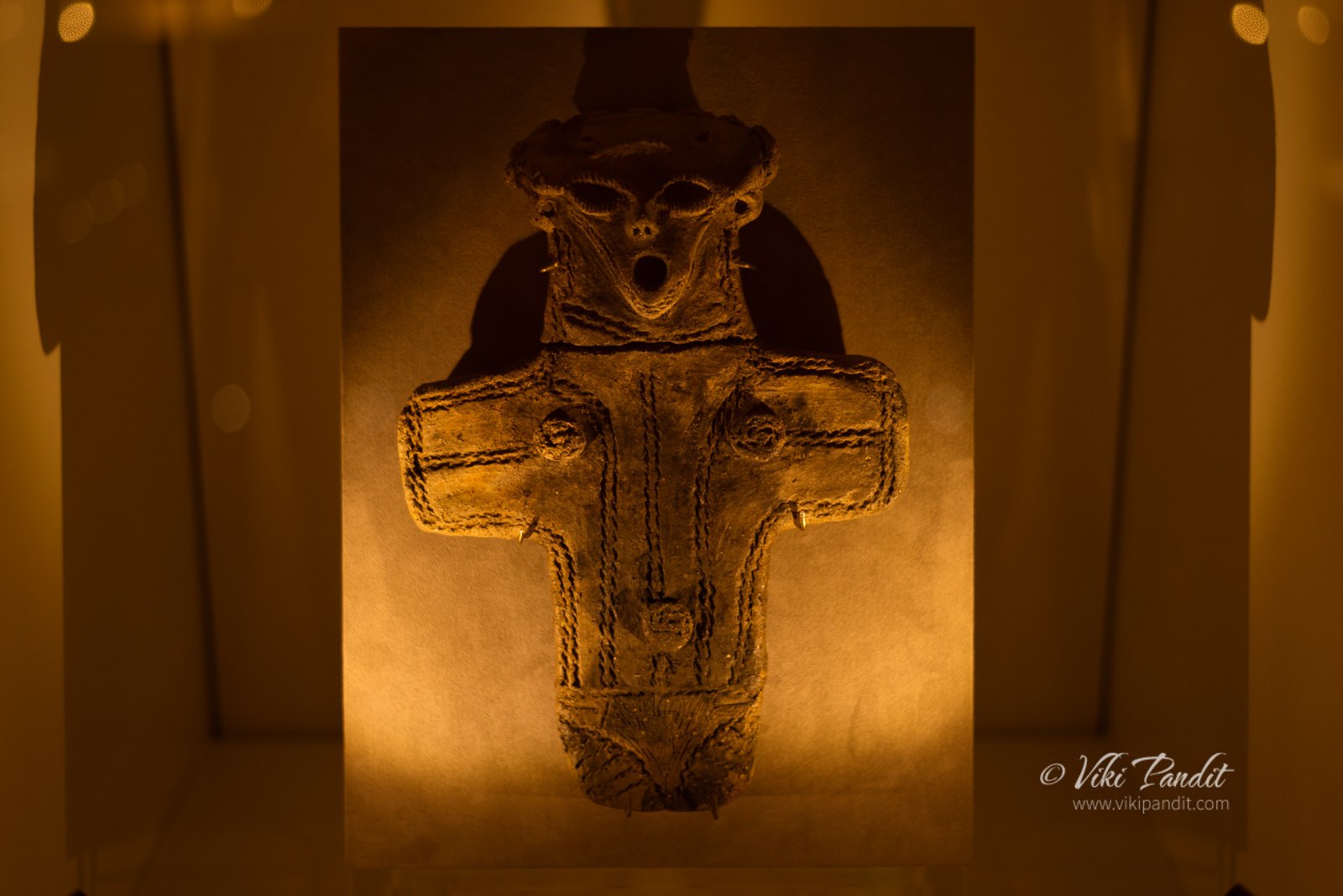


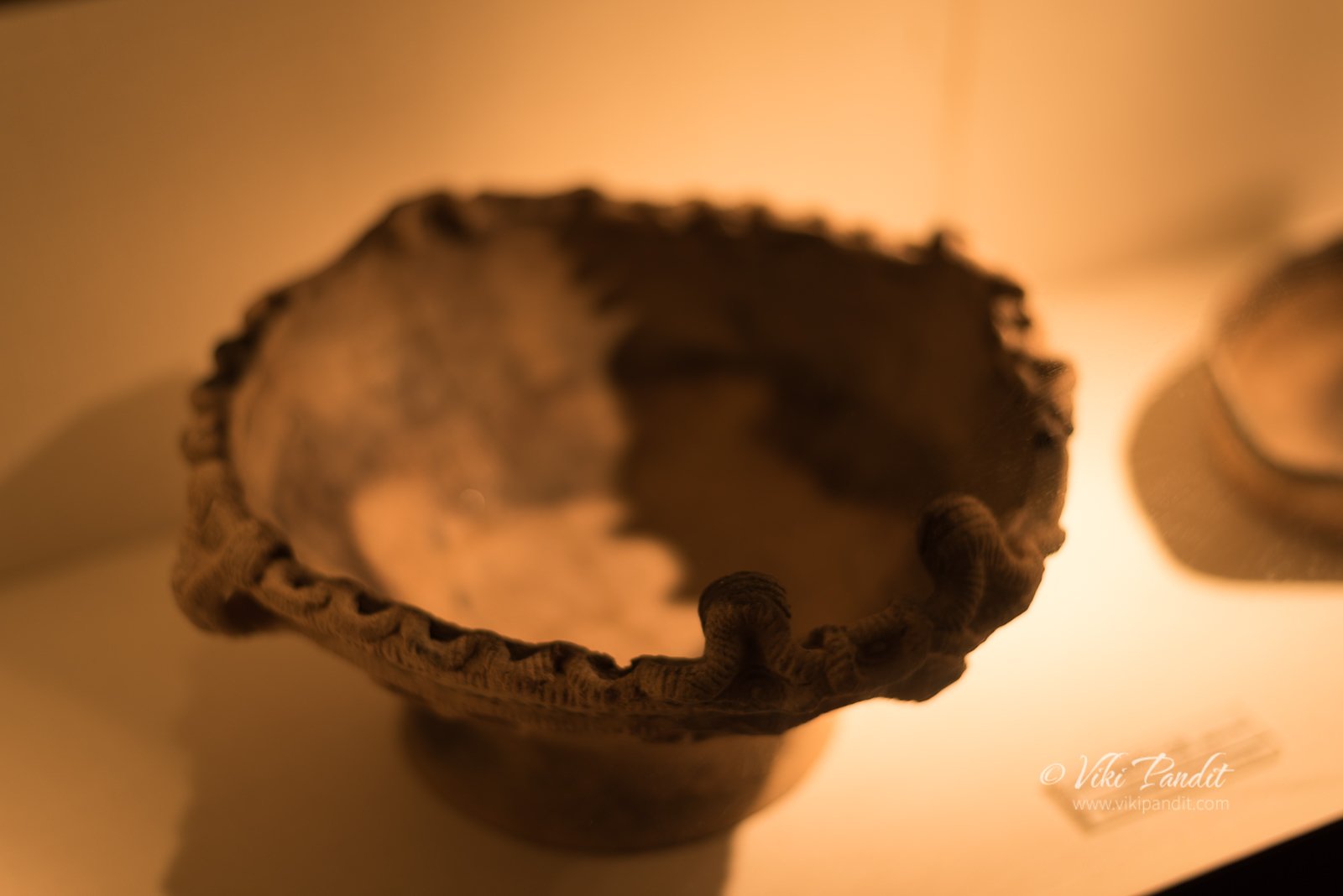
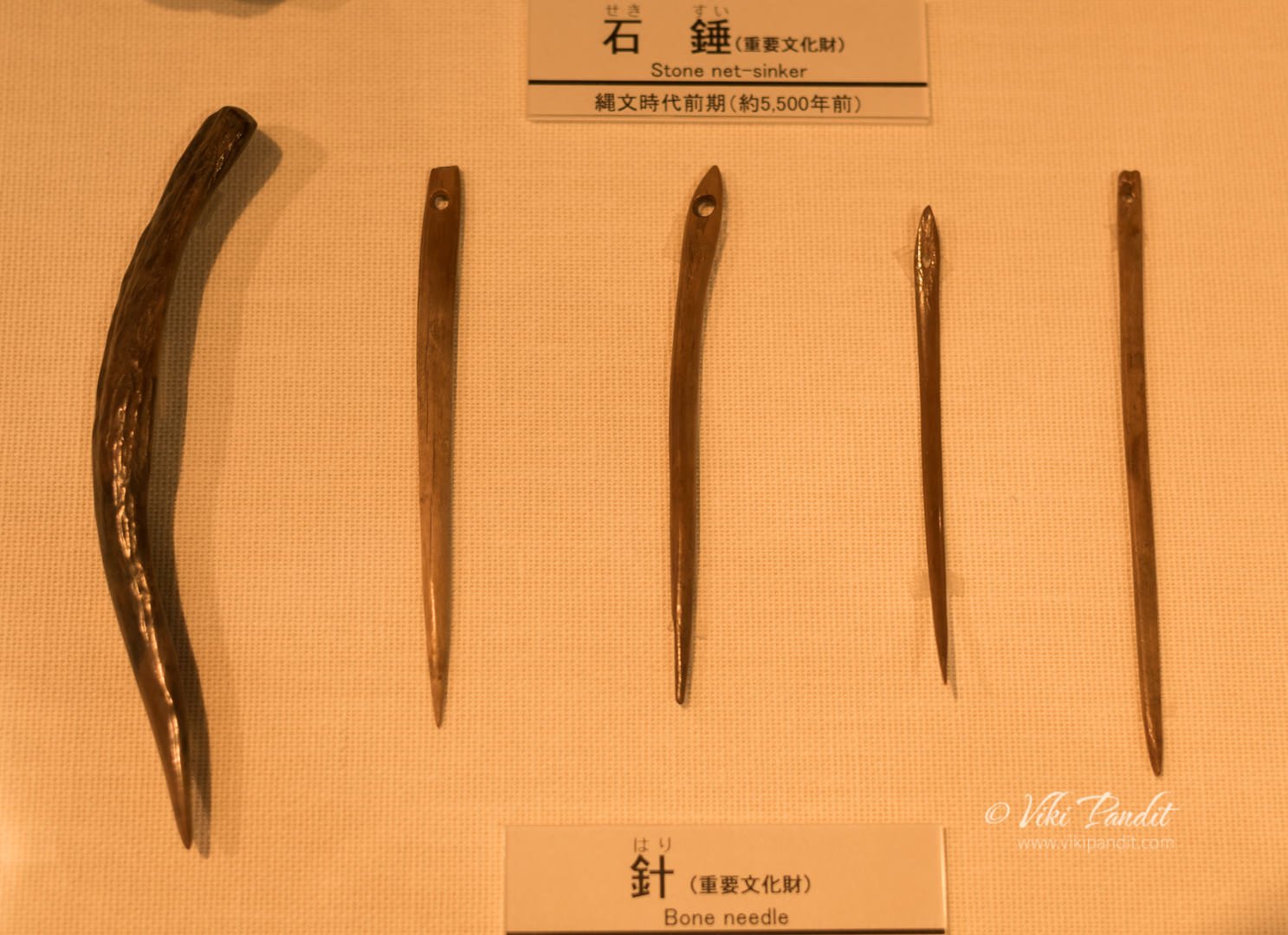

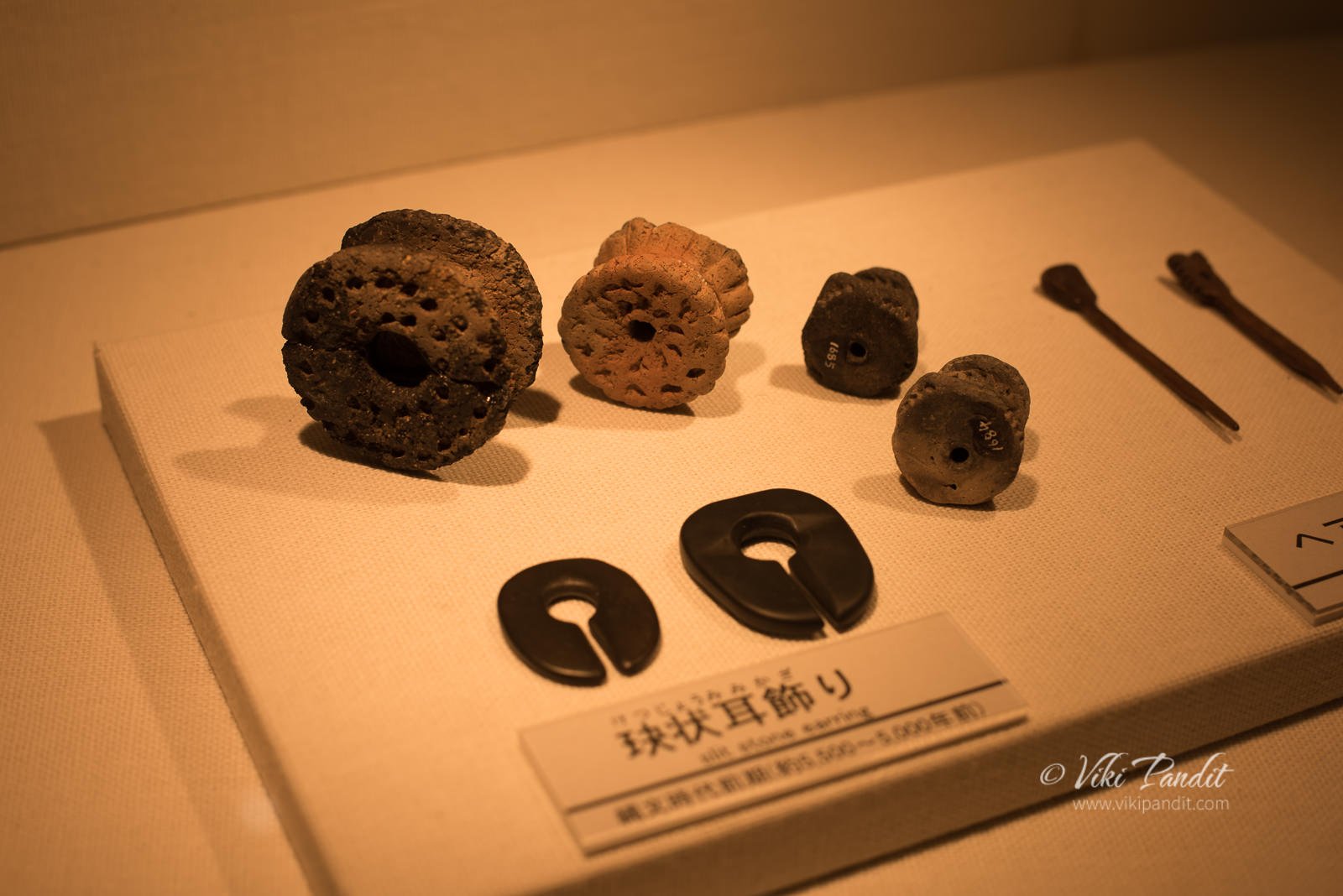
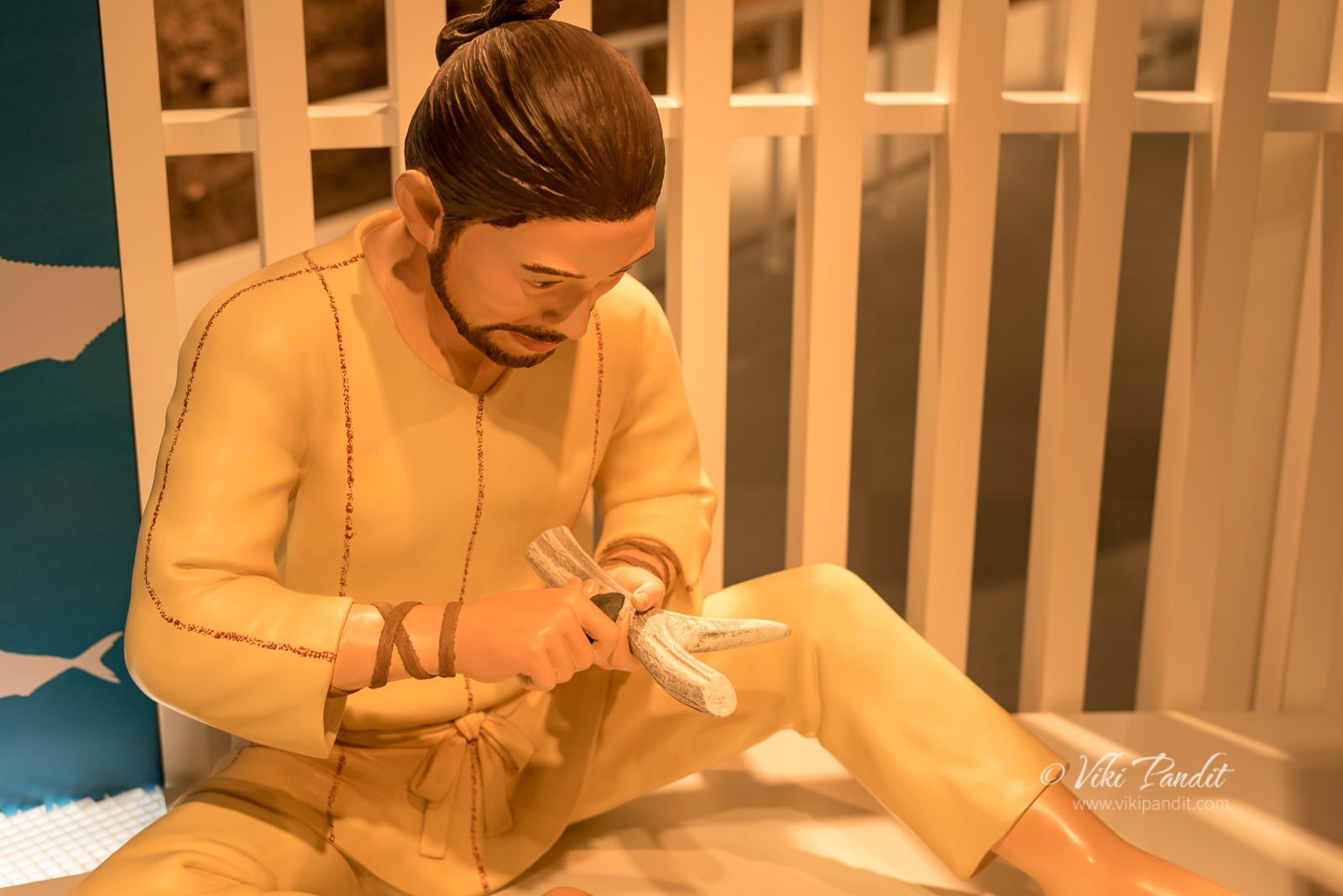

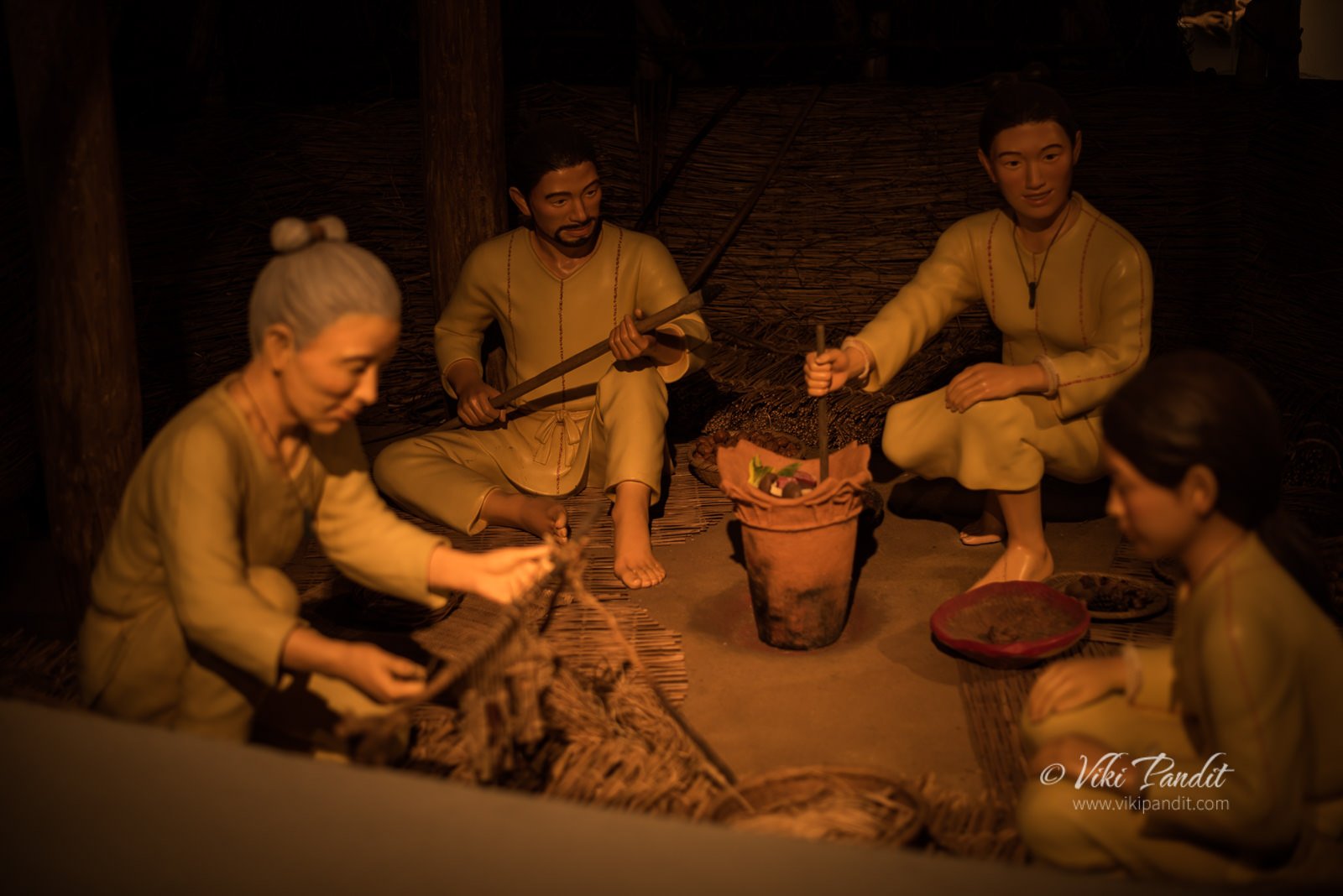

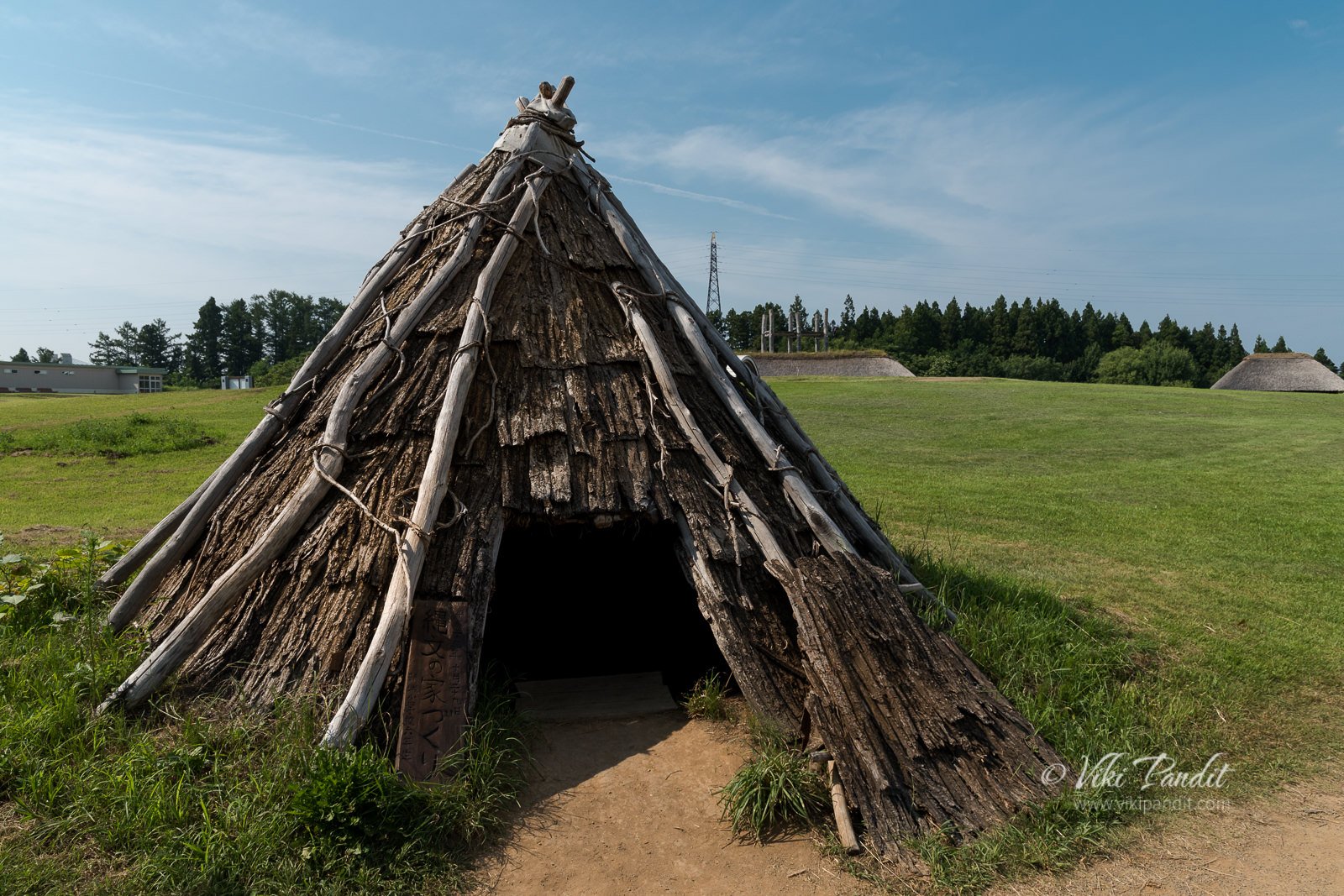
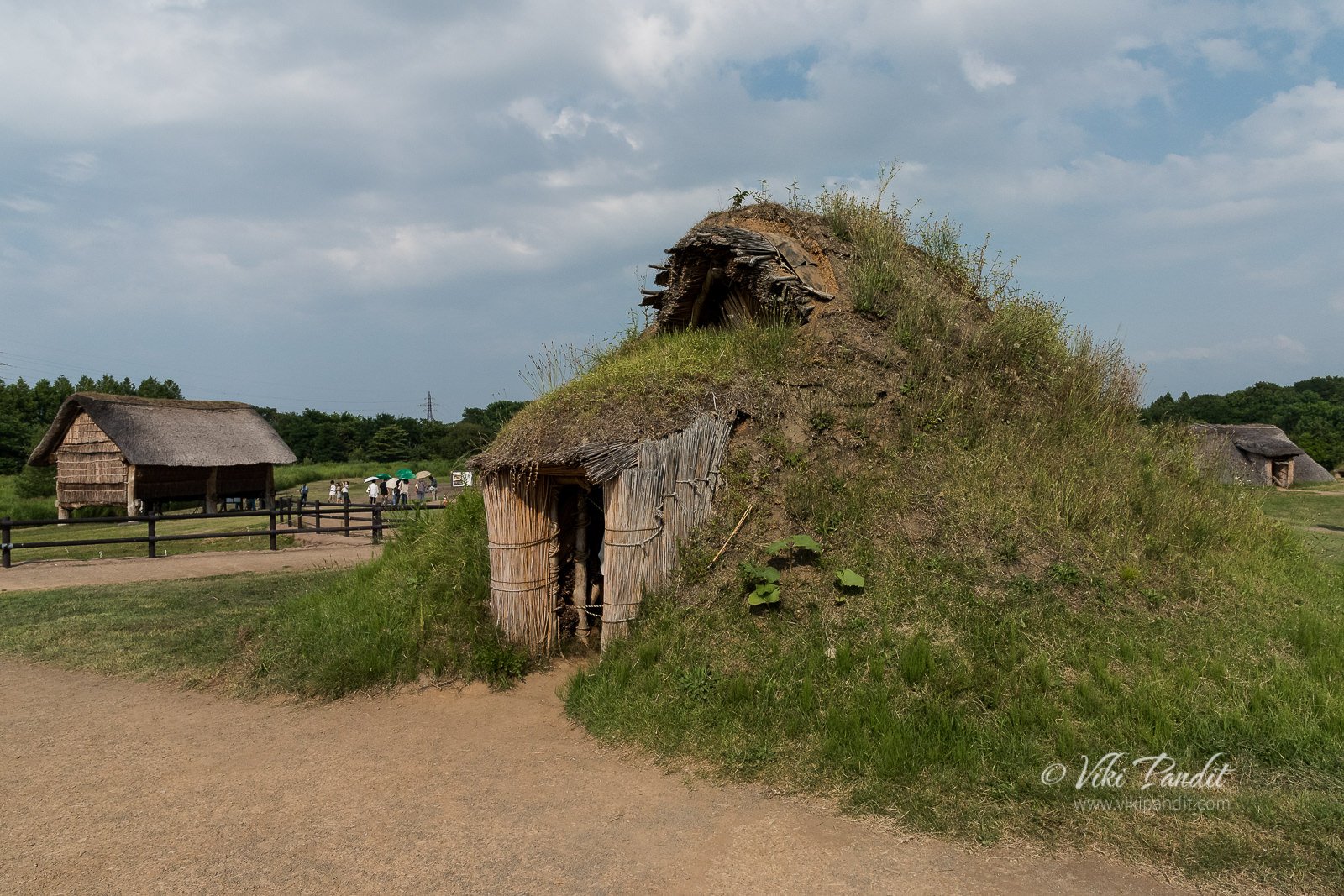
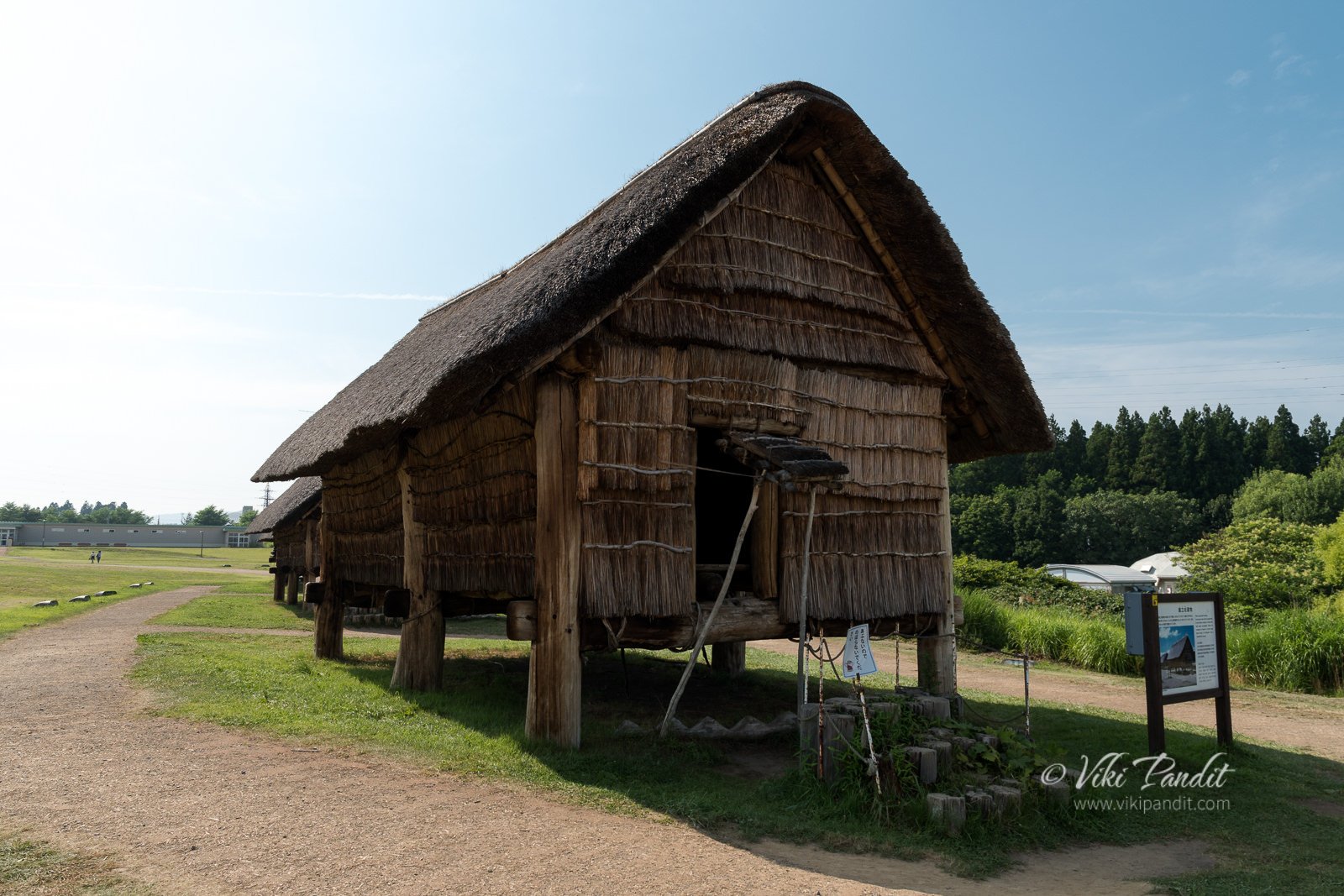
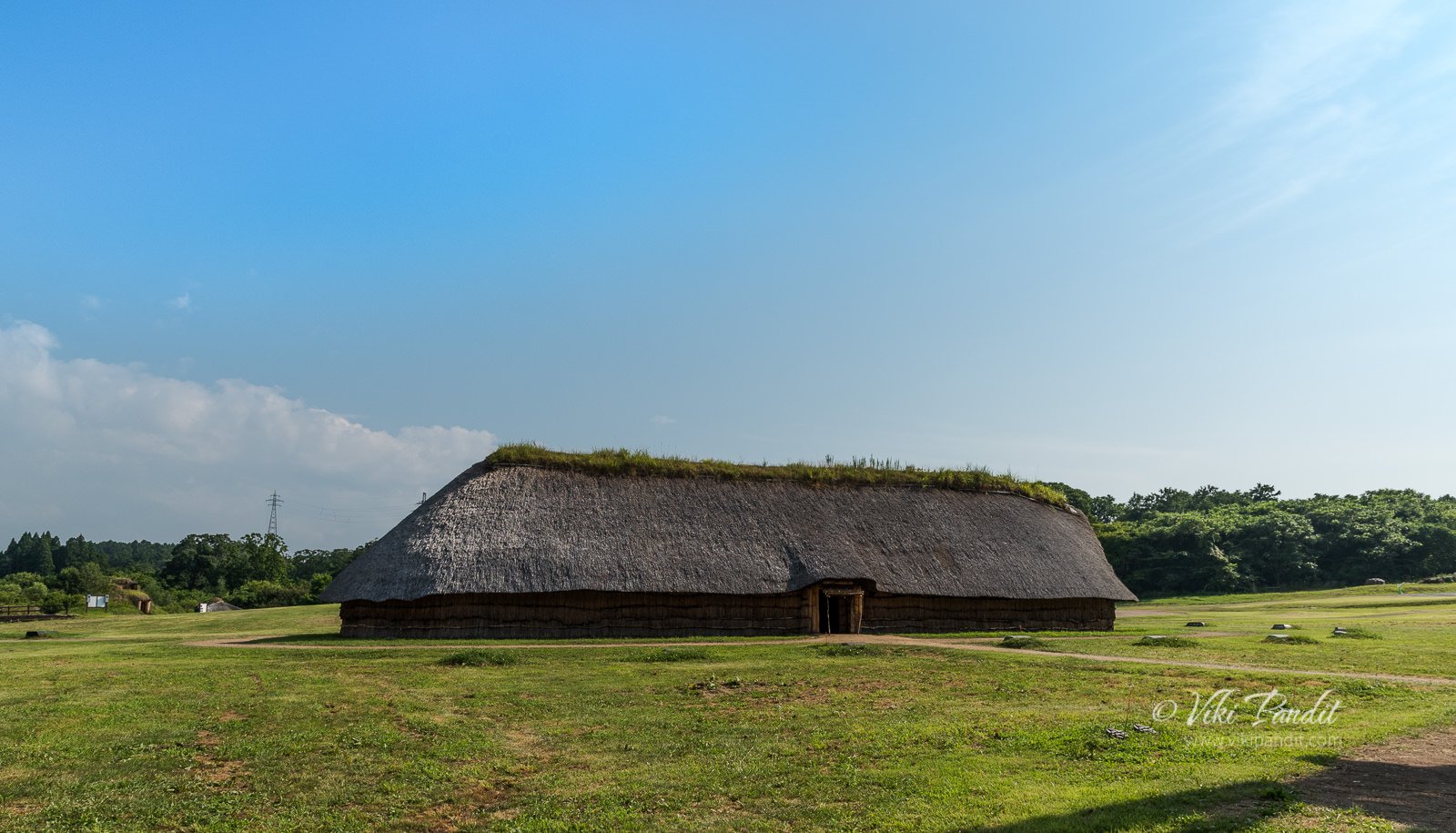
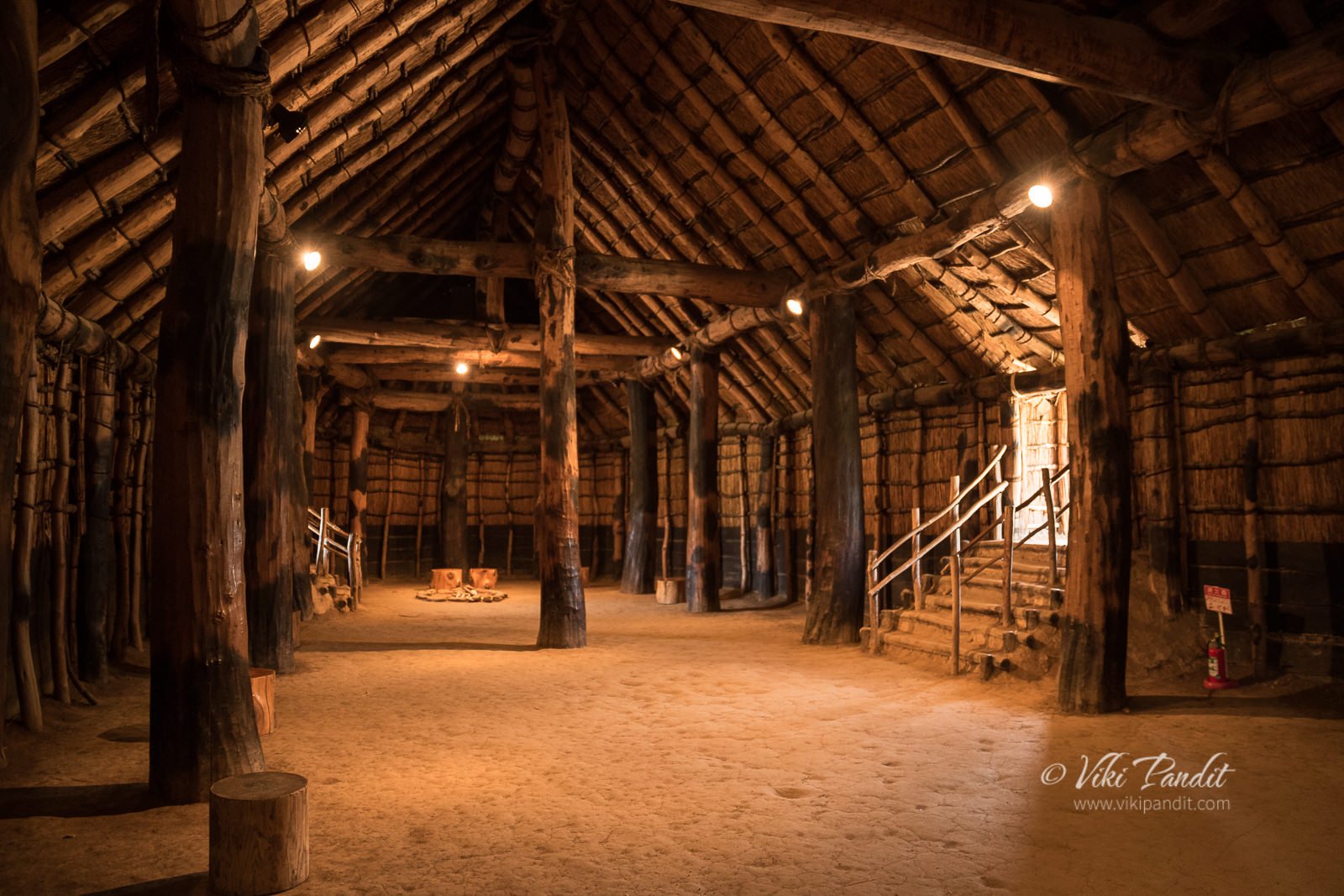



I also visited this Temple in August 2024. It is really a wonderful Temple which requires more time to see all the details. Narayan dear park and these temples are worth to see. My Indian friend has described very well. I am also writing the things which I saw during my Japan visit and preparing a book for Marathi readers’ Chala jag phirya ‘